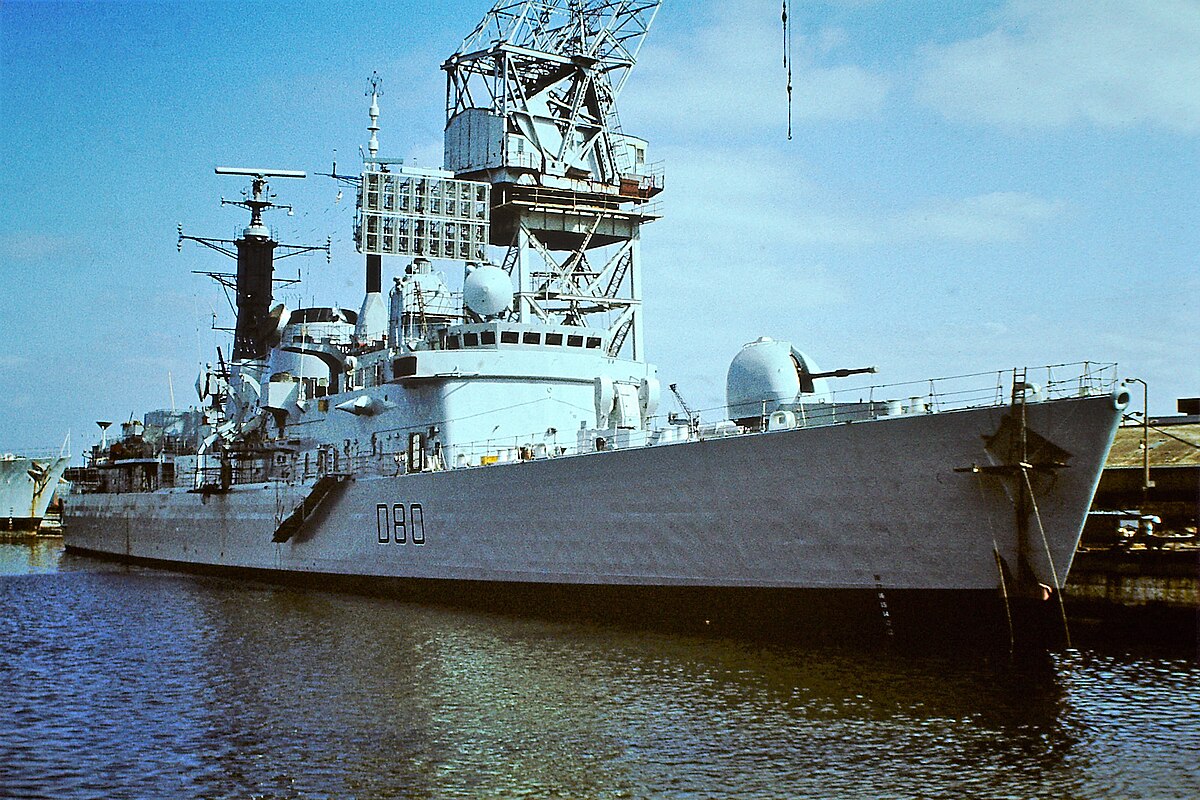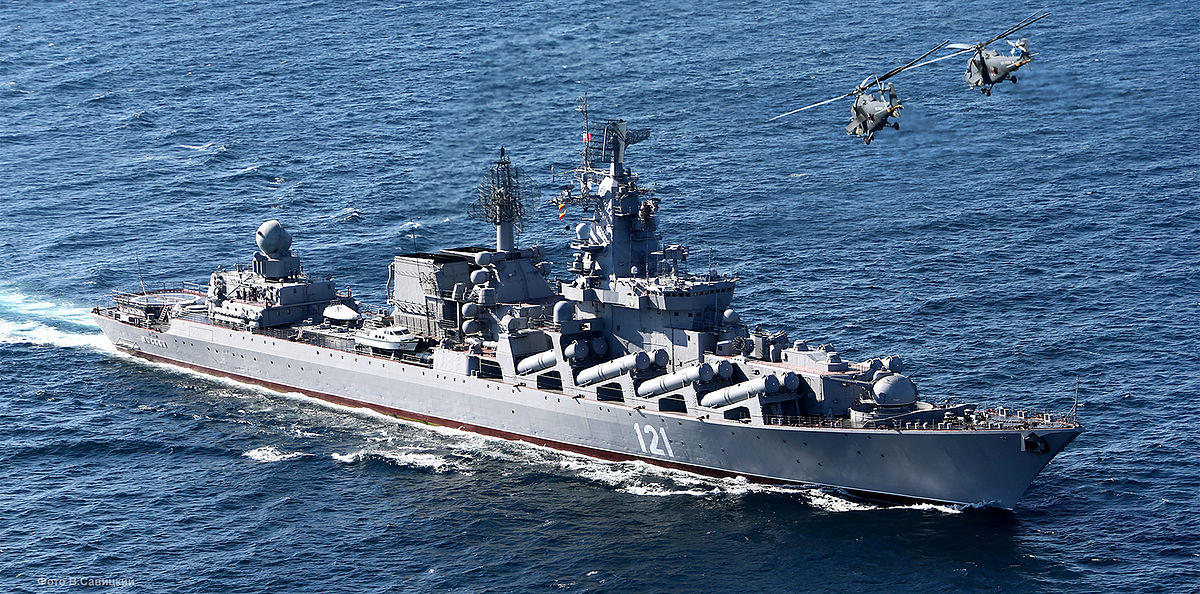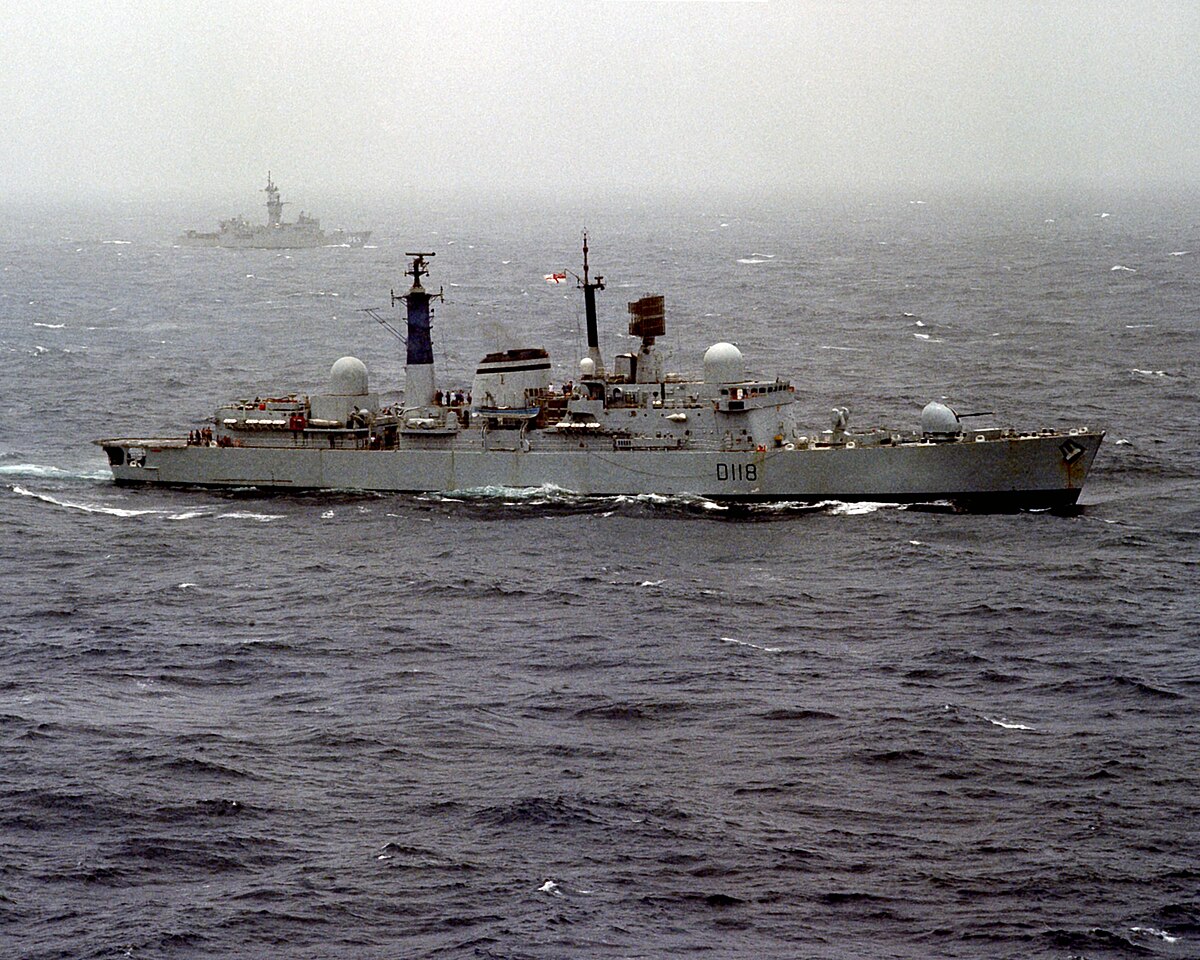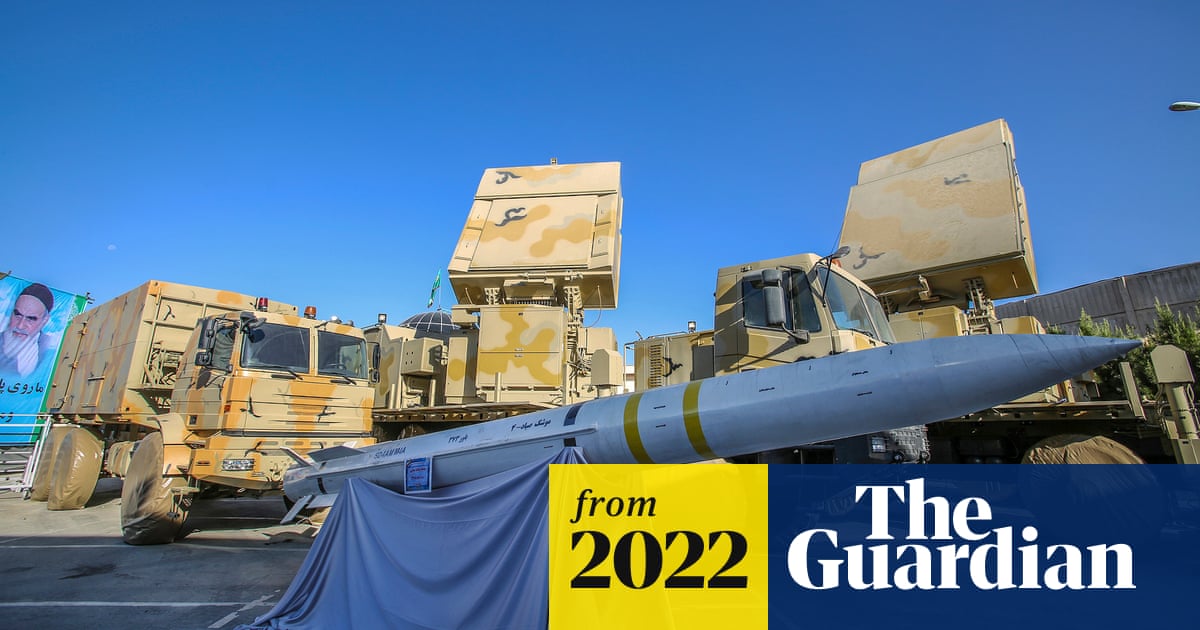There are many stories about high casualties from the Moskva. I have read from several places (though it might be cross contamination) that there were only something like 58 survivors. The supposed video of the survivors had a number of hints that it was an old video. Also none of the "survivors" in the video had any injuries. A warship sinks and nobody has as much as a band aid (plaster)?
But in the pictures, all the boats are gone. Somebody used those boats. There are also stories the Moskva was operating alone with no frigates or other Russian ships nearby. Any sane navy only operates their largest ships with escorts, though there have been exceptions, which is how the Indianapolis got sunk in 1945.
Western naval officers who had toured the Moskva had observed some oddities such as water bibs on deck for firefighting equipment was heavily painted to prevent corrosion to a point where it would be difficult to hook up a hose or open the valves. There are also stories that all life jackets were locked away to keep them pristine for inspections and only a few officers had the keys. In the confusion after the ship was hit the crew probably couldn't get to the life jackets.
We also know the Russians are poor at maintenance. I wonder if the ship's boats were so poorly maintained they immediately started leaking upon hitting the water and a lot of the boats sank? That's the only explanation I can think of that would square the boats being deployed and so few crew surviving. Without life jackets in water that was 40 F, they would have died of hypothermia pretty quickly.
I don't want to find out, but considering how bad Russians are at maintenance, their nuclear stock pile may not be usable. The smaller the warhead, the faster it degrades to a point where it won't go off. If their tactical nukes haven't been maintained in a while, they might just be dirty bombs at this point.
The Russians have been doing probing attacks on the Ukrainians in the Donbas to find weak points. So far they haven't found any. Their doctrine is to find a weak point, then pummel it with artillery to soften it up, and finally launch an armored attack into the breach to create an opening and following infantry secures it. Similar to WW II breakthrough warfare with a bit more artillery. The problem is they don't train to do that and would likely bollocks up the operation.
I have read that if they can't find a good weak point they might create one with a tactical nuke. It would probably be launched from an Iskander. That's the most plausible scenario for using a tactical nuke.
Putin's disregard for human life is not unusual. The Russian military has historically been very insensitive to large loss of life to their own troops in war. The difference is the country has never been in a large scale conflict since the birthrate dropped through the floor and people with any skills have emigrated. When the birthrate is high, such tactics are horrific, but survivable, but with a low replacement rate, this is probably Russia's last military hurrah.
I have read that even before this war Russia was faced with the probability that they would not be able to mount a large military operation within a few decades because of the declining birthrate. This war is probably accelerating that.
I've been reading Kamil Galeev for insight into Russian culture and thinking. He's Russian born (he mentioned the Russian intelligence services tried to hire him), but he now works for an American think tank.
I find the thread reader to be best for reading long Twitter threads
Latest Twitter Threads by @kamilkazani on Thread Reader App
I don't know if the threadreader automatically harvests long threads or if people sign up to it and manually add them, but I've been able to find a thread reader page for every long thread I've wanted to read. Just replace the username after /user/ with the Twitter name for who you want to read.








